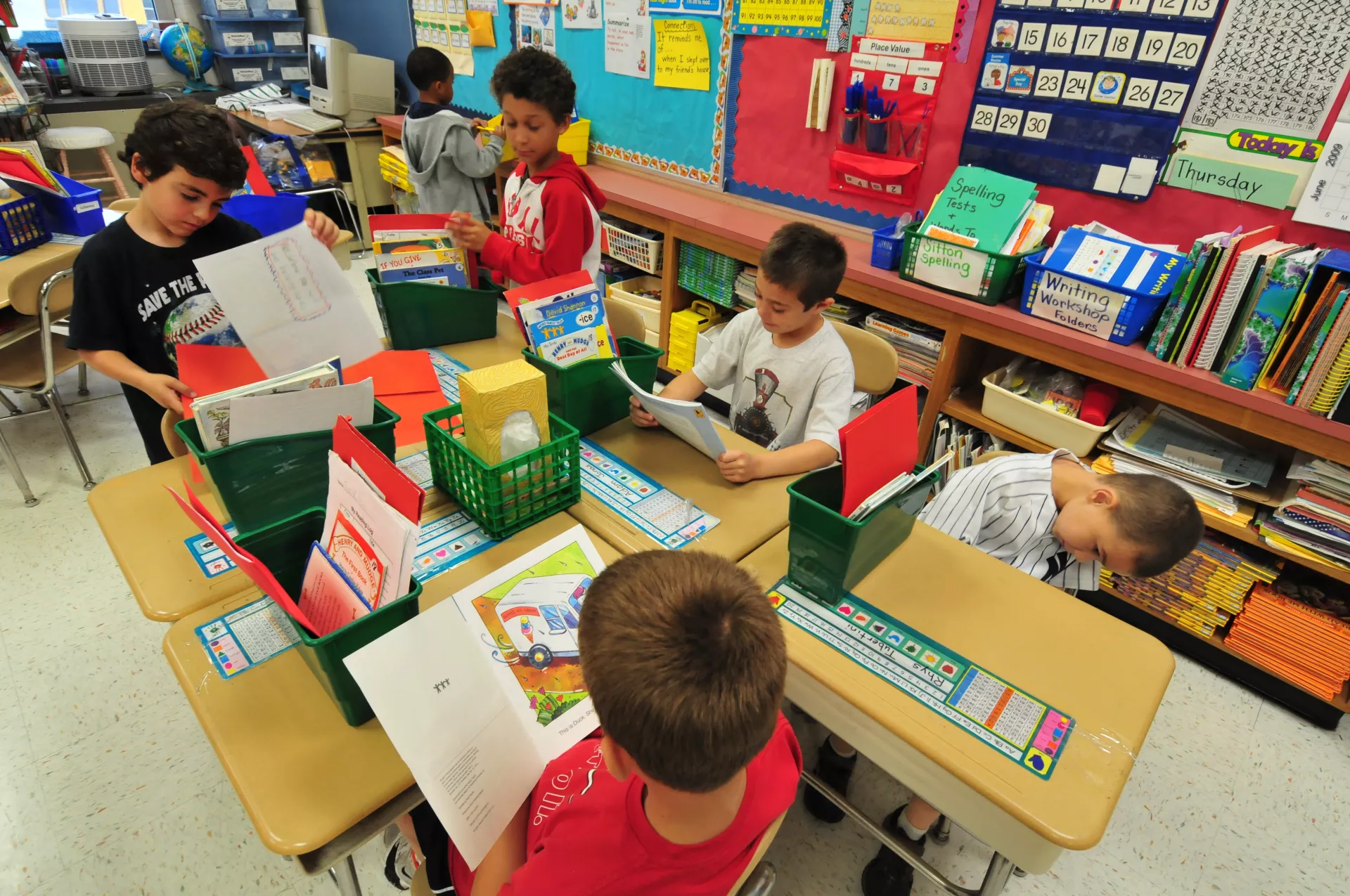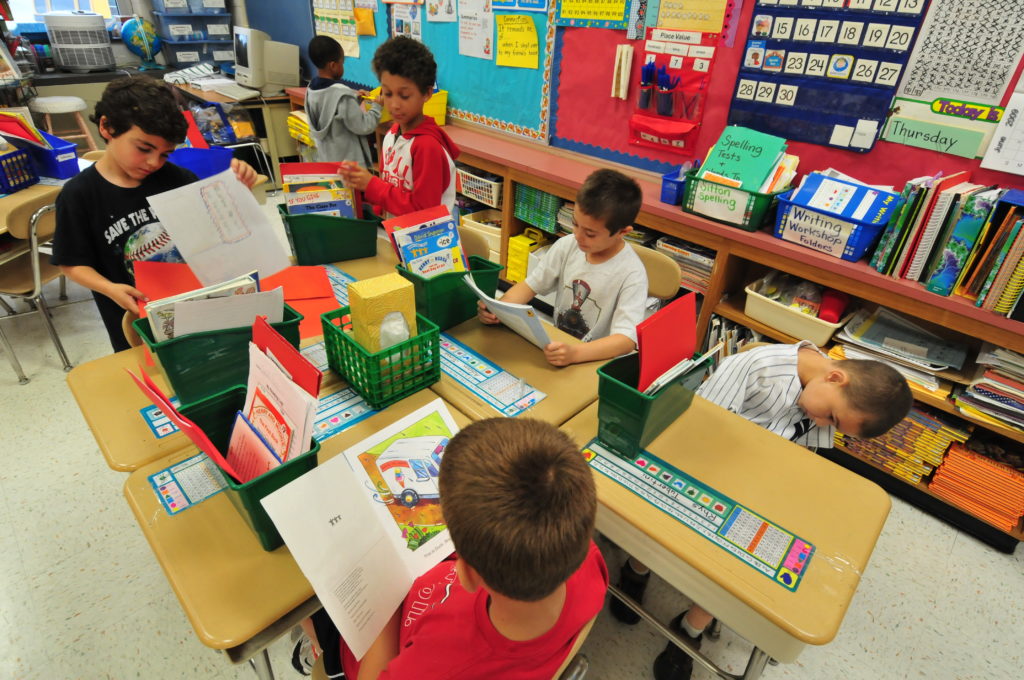Making your classroom more comfortable can make your students more successful.
One of my favorite parts of teaching is constantly thinking of ways to improve my practice. It’s incredibly rewarding to see the impact a small change can make on a student.
Some of these small changes include simple modifications to your classroom. More specifically, changes that make your classroom feel a bit more like home. Research shows that many students learn more effectively when they feel comfortable. I decided to try this out one year and had fantastic results—so fantastic that I had to share!
Make your classroom more comfortable, engaging and inspiring with these few simple tricks:
Play Around with Seating Arrangements
When you think about it, people respond differently to various seating arrangements.
One day, my students seemed disengaged—no one was interacting with each other or participating in class discussion. I thought for a while about how to fix this, and decided to try an experiment. I removed some of the desks from my room, and moved the others to the side. I brought in bean bag chairs and rugs to replace the traditional desks. This turned the room into a more interactive and unique space.
When my students first walked into the new room, they were shocked. They soon grew used to it as we did more philosopher and circle-style activities, and the dynamics between the kids immediately changed. They were more interactive and inclusive – it was as if invisible barriers were removed along with the rows of desks.
Provide Resources in the Room
To make the room more dynamic, add resources that students can use and interact with. I’ve filled my room with books along the walls and in book shelves. My students are free to use and borrow them as they please.
Placing the books around the room rather than in one space encourages students to explore the room and interact with others.
If you’re low on resources, ask students (if they would like) to each bring in a few books from home. The kids themselves can create a co-owned library for the year, and make book recommendations to their peers.
Use Light and Sound to Signal Tone
Making small tweaks to the light and sound in your classroom can make a huge difference!
Since fluorescent lights can be harsh and dreary, try adding a warm light or twinkle lights to the room. In our homes, we don’t just use overhead lights—so do the same in your classroom! Add a table or standing lamp for pockets of light around the room.
Complement this fun lighting with a classroom soundtrack at the beginning of class. Music can set the tone or mood you want for the day—fun, pensive, energetic, etc. When students walk in, they will hear and feel what kind of energy they should be bringing to your class.
These small changes will make a big difference for your classroom! Even using just one of these tips will create a more engaging space for your students. They will feel like they’re walking into a welcoming and fun space, and will be excited to learn.



